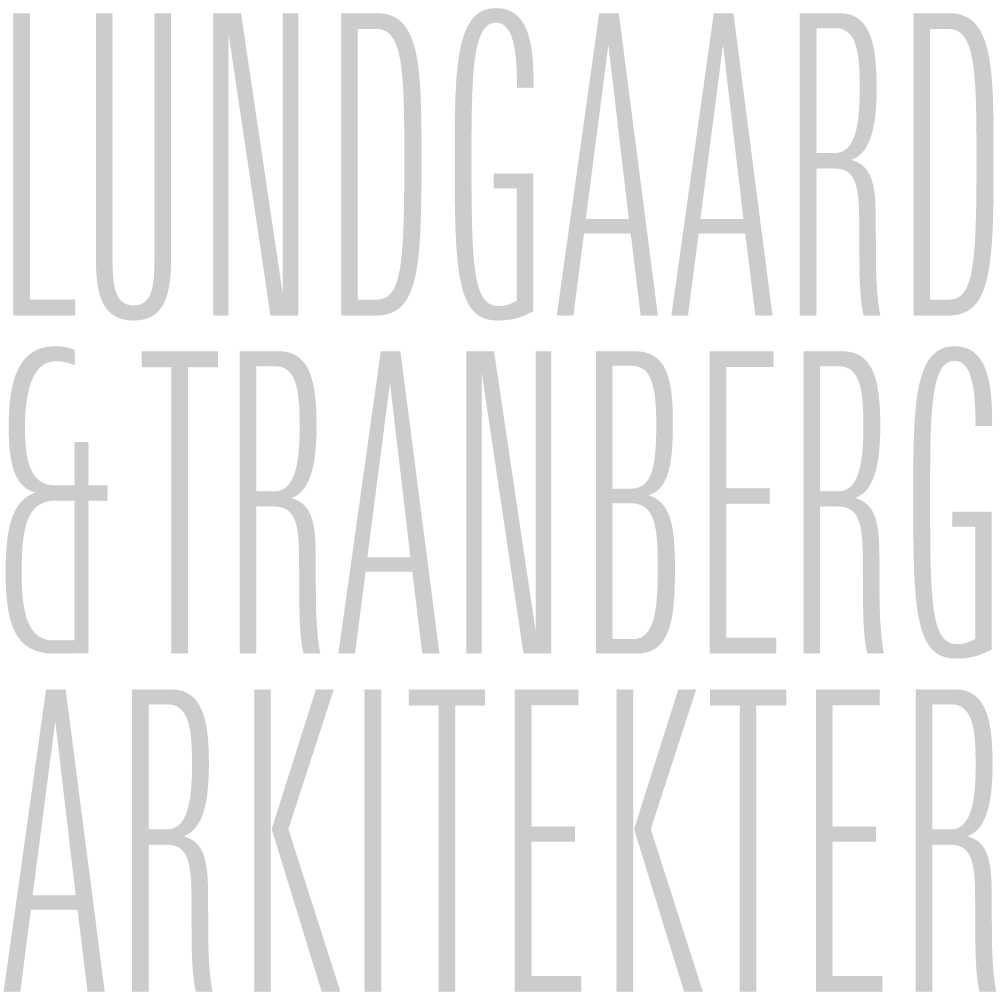The Park Lantern
Type
Outdoor lightingDesign
Lundgaard & Tranberg Architects, Studio fortheloveoflight,
EWO LightingAddress
Bernstorffsgade 36, Copenhagen V, DenmarkClient
Danica EjendommeManufacturer
EWO LightingGlassblower
Holmegaard GlasværkYear
Installed in 2024Photographer
Adam Mørk,
Anker & Co,
Lundgaard & Tranberg Architects
The Park Lantern rethinks the way we illuminate urban spaces. Energy is a scarce resource, so lighting must be deployed with consideration and has to be much more than purely functional. Light should also create spaces that are pleasant to engage with, it should generate beauty and provide an experience.
The Park Lantern is designed for the landscape of Copenhagen’s new district ‘Postbyen’ and Danske Bank’s Domicile and created with the ambition to make light personal, yet diverse. It is made of galvanized steel with mouth-blown glass as a reference to the old street lamps of Copenhagen. The lantern is the result of a collaboration with lighting designers fortheloveoflight and EWO Lighting.
One lamp for different human needs
The Postbyen district is a diverse area with different human needs. It is located close to Copenhagen Central Station and plays an important role in connecting the area to the South Harbor. Some people like to move in the light to feel safe. Some are out walking in a more social context and want a subdued lighting. The idea was to design a lantern with different types of light spaces, some zones more subdued than others
Combination and variation
The Park Lantern is designed around a concept of 'combination and variation'. Just as we illuminate our private homes with different types of light sources, the Park Lantern does the same in the urban space. It contains a combination of different light sources that offer multiple functions and a rich variation in lighting with three different types of light.
Poetic lighting control
Lighting control is the heart of any lighting concept. It saves energy and optimizes operations, creates clear hierarchies in the visual experience and ensures a strong lighting identity. Lighting control is crucial for the experience of light in the hours of darkness.
The Park Lantern's concepts are individually controlled to ensure that the light meets the night in the most beautiful way throughout the year. The three concepts are:
An identity-creating lantern light is lit on the edge of the 'civil twilight' concept. The lantern glows with a strong identity and an inner flare providing an experience of the urban space and its scale.
A classic downward-pointing function light starts at the edge of the 'nautical twilight' concept, and provides light necessary for orientation, illuminating amongst other things the aisle lines.
A space-creating, beautifying light fades up at the edge of the 'astronomical twilight' concept, and creates smaller spaces within the larger urban space. The light shapes the experience of trees and vertical surfaces. It draws the eye up towards the towers and the sky.
Planting determines the programming
The Park Lantern’s light output is controlled according to the type of tree it addresses. The annual cycle of trees varies. The amount of light is deprogrammed on lanterns that stand close to trees that are bare in winter. This way, no unnecessary light is wasted.
Sketch from the design process.
The glass is mouth blown at Holmegaard Glasværk. The custom design steel molds create the desired pattern in the glass.
The ripples slightly conceal the fixtures but reveal the light.













